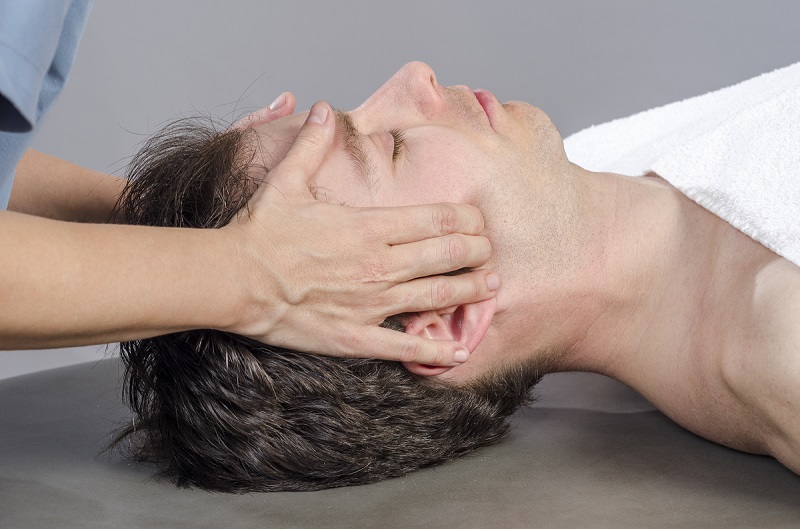WHAT IS OSTEOPATHY?
Osteopathy is a field of manual medicine that aims to restore structural functionality – muscle tone, integrity of connective tissue structures, microcirculation, and innervation.
An osteopath works manually, performs various diagnostic tests, and based on these tests, decides which structure or part of the structure is the cause of the disease or syndrome.
The main goal of an osteopath is to assess the condition of bones, muscles, and ligaments and ensure proper muscle tone, proper structure, blood supply, and innervation.

Temporomandibular joint dysfunction
Clinical studies show that temporomandibular joint dysfunction occurs in 70-80% of adults and is the third most common maxillofacial disease after dental caries and periodontitis.
The joint participates in chewing, swallowing, sucking, breathing, speaking, and expressing emotions.
Temporomandibular joint dysfunction is a disorder of the normal functioning of the dentition, which leads to changes in many facial and maxillofacial structures (bones, tendons, muscles, ligaments, nerves, blood vessels).
Symptoms
Here are the symptoms that may occur with joint dysfunction:
- Pain in the joint area (for example, when opening the mouth or chewing).
- Spasm of the masticatory muscles (usually occurs in the morning and leads to the inability to open the mouth)
- Decreased range of motion of the joint
- Sounds in the joint
- Bruxism (teeth grinding) can be associated with joint dysfunction
- Headaches in a specific area
- Earaches, ringing in the ears, and hearing loss
How can an osteopath help with temporomandibular joint dysfunction?
The main goal of an osteopath is to improve the patient’s quality of life. To achieve this, the osteopath does the following:
- Relaxation of spasmed muscles.
- Correction of ligaments and joint capsule.
- Balancing the structures surrounding the joint (temporal bones, tongue position, hyoid bone, neck muscles and vertebrae)
The osteopath will talk about the mechanisms of dysfunction and their prevention, and will show special exercises that will help patients relieve pain and keep joint health under control.
Because temporomandibular joint dysfunction is complex and is related to the occlusion and height of the teeth, treatment must be combined. Intervention from a dentist, orthodontist, prosthodontist, and osteopath may be necessary.